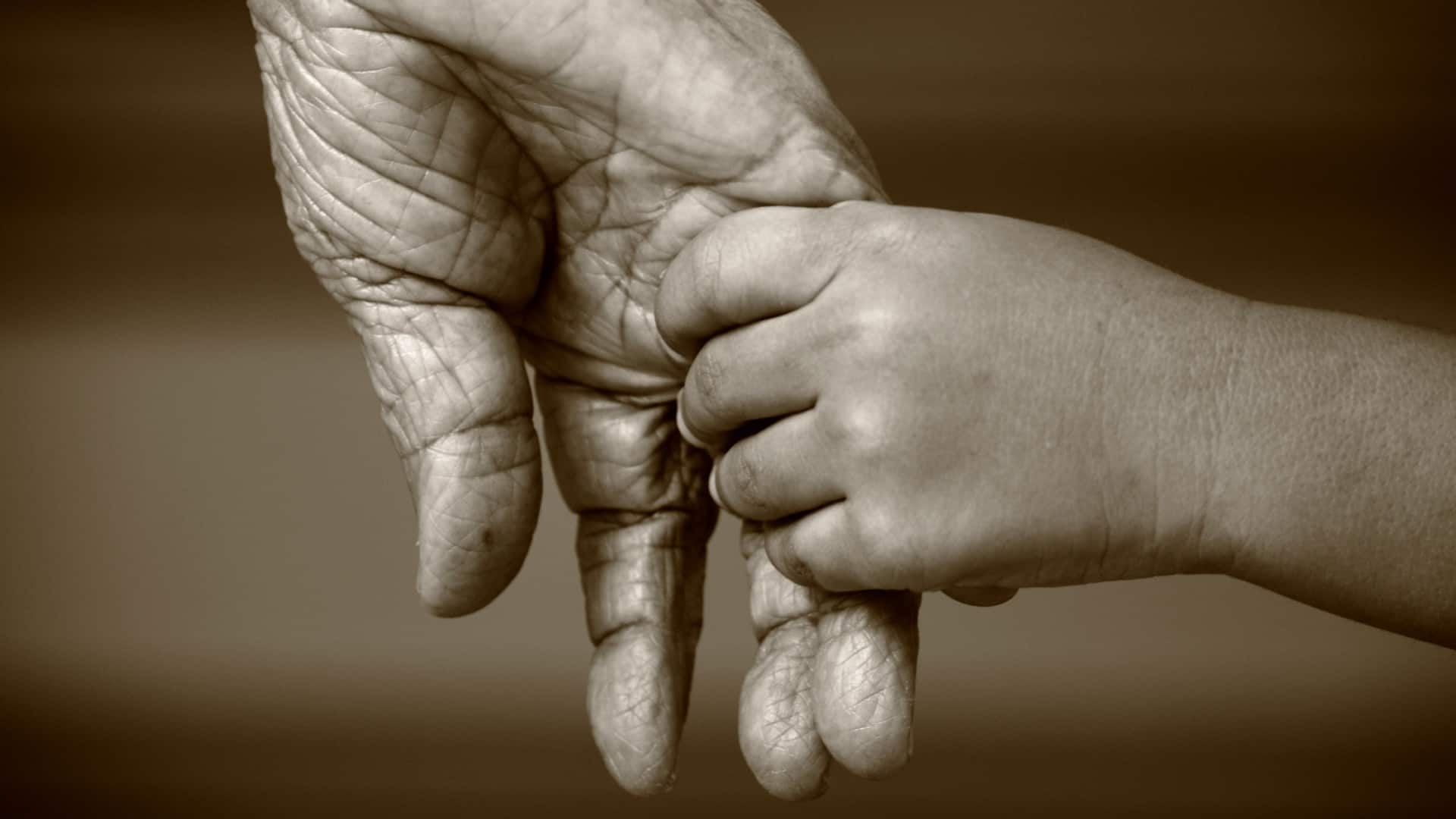The sanctity of human life is a core principle for Focus on the Family.
We believe that human beings are created by God in His image. Therefore every person, from conception to natural death, possesses inherent dignity and immeasurable worth—including preborn children, elderly individuals, those with special needs and others marginalized by society. Christians, then, are called to defend, protect, and value all human life.
In short, human life is sacred and respect for human life should be at the center of all we do. In order to put the “life ethic” into words and practice, it helps to consider where it comes from, what it looks like and how can we incorporate it into our daily lives:
The Life Ethic: Where Does It Come From?
The Bible establishes that human life is sacred in Genesis 1:27:
“So God created man in his own image, in the image of God he created him; male and female he created them.” (ESV)
To be created in the likeness of God means that each human bears His image and with it, a value beyond our unique characteristics or individual attributes.Nothing else in God’s created order has the distinction of reflecting His image; it’s a privileged status reserved only for humankind.
This is a bit of a mystery as God’s image in us isn’t something tangible we can see, taste or feel; yet it establishes our significance and worth at the highest level. The Bible says we are “fearfully and wonderfully made” (Psalm 139:14). From the miracle of life in the womb to the body’s ability to regenerate cells and tissue for healing, we see God’s amazing fingerprint at work. Humans are breathtaking creatures embodying a touch of the Creator Himself and reflected in the wonder of human life.
The Life Ethic: What Does It Look Like?
Contrary to cultural messages, our value isn’t determined by our ethnicity, race or gender; nor by our age, ability or location. It’s our divine membership in the human family that sets each of us apart as sacred. Men, women and children (including preborn children in the womb) should be respected, regardless of their mental capacity, physical ability, or social position. Some people may not exhibit attributes of God or behave in ways that recognize their own value yet their intrinsic worth remains.
The concept of human dignity comes from the sanctity of human life. Since humans are made in God’s image, we hold a distinctive status that sets us apart. Human dignity is bestowed upon us by God. It’s not based on our ability to care for ourselves or competence to complete the task. Dignity is not a concept that can be forfeited, so being dependent on others cannot cause us to lose our dignity.
Our failure to recognize and honor human dignity is apparent in phrases like “quality of life.” Dependency is viewed as the ultimate weakness and as a result, some people would rather die than continue living if it means living with a disability. This attitude increases pressure for the acceptance of physician-assisted suicide or euthanasia instead of providing a compassionate response to those who are disabled or face a terminal illness.
A common fear among the disabled or terminally ill is that of becoming a burden. We help restore human dignity through our witness of caring for each other, especially in our times of dependence and need. The sanctity ethic reminds us that God is ultimately sovereign over the affairs of our lives, including our frailty and infirmity.
The Life Ethic: How Can We Incorporate The Sanctity of Human Life Into Our Lives?
The cornerstone of living out this fundamental truth is to recognize the value of our own lives and the lives of others.
In fact, knowing who you are is a big part of understanding the sanctity of human life. Do you value your own life as sacred? Do you embrace your worth and significance as one who bears God’s likeness? Comprehending this is the first step in embracing the truth of who we all are!
The second is in the way you view others. Do you see others through God’s eyes? Does your gaze stop at their physical appearance or ability, or do you look deeper to try and see the image of God in each life? Hidden heart attitudes of pride, superiority and contempt prevent us from seeing others with the respect and significance they deserve.
Finally, to live out the sanctity truth requires at action: to remind those around us of the value of all human life by speaking out for “those who cannot speak for themselves” (Proverbs 31:8). Look for opportunities to talk about and act upon your pro-life views. Teach your children and grandchildren to respect all human life and demonstrate that respect in your own word and actions.
Together we can live out and communicate the beauty, wonder and reverence our Creator intended for each person in the human family.
FURTHER RESOURCES
The First Nine Months booklet lays out fetal development in tasteful photos and medical facts.
The Focus on the Family Sanctity of Human Life 2014 handbook.




















